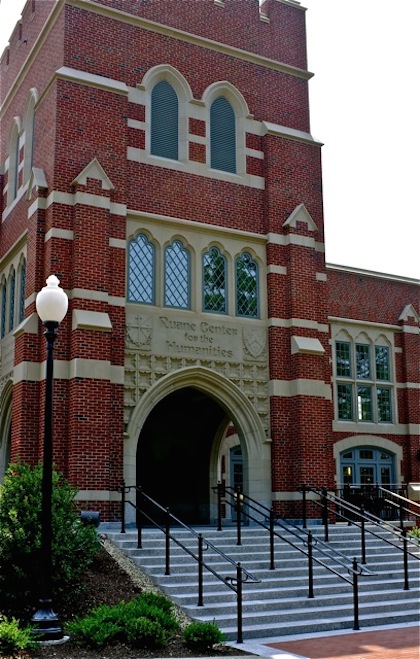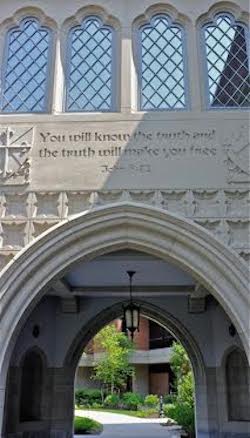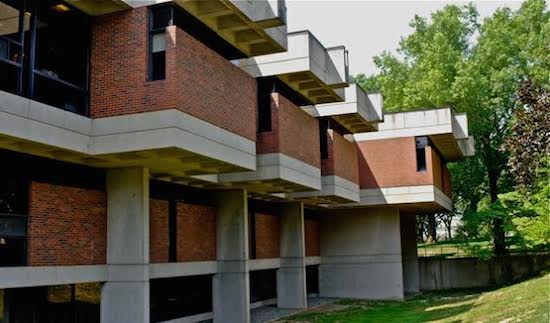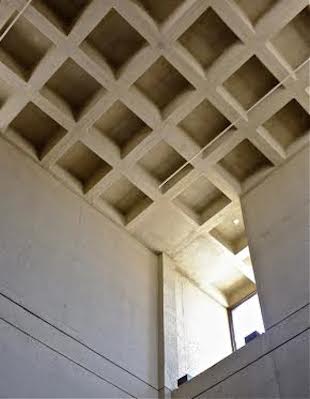
Not to be seen
David McCullough (1933-2022)
“Climb the mountain not to plant your flag, but to embrace the challenge, enjoy the air and behold the view. Climb it so you can see the world, not so the world can see you.”
xxx
“And read… read all the time… read as a matter of principle, as a matter of self-respect. Read as a nourishing staple of life.”
xxx
“There’s the New Millennium technology craze . . . holy moly, is there ever . . . the breathless infatuation with hi-def, 3D, 5G, glued to the hand, glued to the ear, twenty-first-century cyber gee-whizzery. They’re coming at us so fast—the gizmos, the doodads, the gimcracks, the wonderments—so ubiquitously, so overwhelmingly, we’ve not yet found how best to wrangle each new miracle into genuine usefulness.”
— David McCullough, immensely popular American historian. Over the years, he had residences in Boston’s Back neighborhood, Martha’s Vineyard, Camden, Maine, and Hingham, Mass., where he died.
The Old Ship Church, in Hingham. Built in 1681, it’s the only surviving 17th Century New England Puritan church.
William Morgan: Faux Gothic at Providence College
Commentary and photos by WILLIAM MORGAN "I feel to the depths of my being that this emblematic new building is not only a step for Providence College, but for our country," David McCullough declared last October at the dedication of the Ruane Center for the Humanities at the 90-year-old Dominican school in the Rhode Island capital. Despite such noble sentiments from everyone's favorite historian and commencement speaker, the new home of P.C.'s Western Civilization program actually portends a journey into a Disney-fied architectural wilderness.
The buttresses and arches of the Ruane Center entrance tower are not structural.
As a style, Collegiate Gothic created some memorable American campus architecture. Ruane Hall, however, falls leagues short of a credible re-creation of either the look or the spirit of Oxford and Cambridge that infused the Princetons, Yales, and Michigans at the turn of 20th Century. That Gilded Age offered architects thoroughly conversant with the past, backed up by skilled craftsmen. What we have today at Providence College is an uninspired piece of real estate wrapped with a thin veneer of brick and a few pointy details. This is the same sort of Potemkin village found in upscale shopping malls and themed suburban restaurants.
Biblical "truth" perhaps, but the Ruane Center's stage-set Gothic is something of a lie. There is no carving whatsoever, just stamped details.
The pasticheurs of this paper-thin storybook castle are the S/L/A/M Collaborative and the Boston firm of Sullivan Buckingham Architects. S/L/A/M is a large, multi-city firm that cranks out instant history for both private colleges and state universities ("Not what kind of building do you need, it's what kind of institution do you want to be"). Sullivan Buckingham, designers of the chapel and an art center at P.C., was founded to provide "traditional" institutional buildings. "Our buildings in various styles," the firm claims, "Classical, Romanesque, and Gothic, are not lifeless copies; they are historically correct." Yet, beyond the battlemented square tower, the classrooms and offices are depressingly yesteryear's high school. The aggressively bland interior is a far cry from the Rugby of Tom Brown's School Days.
The classrooms in the Ruane Humanities Center are more bond-starved public high school than Gothic-inspired halls of learning.
In noting that the Ruane Center stands next to a "Brutalist" library, Sullivan Buckingham naively state that by employing brick and by matching the height of the library they were able to "achieve détente between the warring styles." The very term Brutalism is a bugbear to putative traditionalists, deployed as a weapon with which to excoriate a significant modern movement that they misunderstand. The neighboring Phillips Library–a superb example of Brutalism–is a 1969 work by Sasaki, Dawson and Demay. Long known simply as Sasaki Associates, the Watertown, Massachusetts firm was founded by Hideo Sasaki, one of the great modern landscape architects.
Phillips Library by Sasaki, Dawson and Demay is similar to other bold buildings the firm did at the Universities of Rochester, Louisville and Virginia.
Brutalism is not to everyone's taste, but it deserves more respect than simply being dismissed because of an unfortunate label. This antidote to the slick glass and steel corporate style of the 1950s created some notable rugged concrete architecture, such as the Boston City Hall and the architecture school at Yale.
In seeking historical legitimacy by grasping at a very thin thread back to the Gothic cathedrals, the Dominican college ignores an exceptionally tectonic work. Sasaki's library is a not a decorated box, but a vigorous composition with the constructional logic of true Gothic. One can "read" the elements with which it was constructed, while the brick is honestly expressed here as a curtain wall supported by the reinforced concrete skeleton.
Instead of conjuring up a cheaply constructed faux medievalism, Providence College might recognize that it is the steward of an unsung masterpiece, worthy of contemporaries such Louis Kahn and Paul Rudolph. Thus the irony of the quote by the greatest American Gothicist, Ralph Adams Cram, with which Sullivan Buckingham open their website:
A building must look like what it is, express visibly the energy that informs it, and declare its spiritual and intellectual lineage through its architectural vesture.
This is not a description of the flaccid Ruane Center, but it does fit the library.
Although the interior of the Phillips Library has undergone a questionable decorative overlay of American craftsman detail, one can still experience the evocative raw concrete structural elements, such as these waffle coffers.







